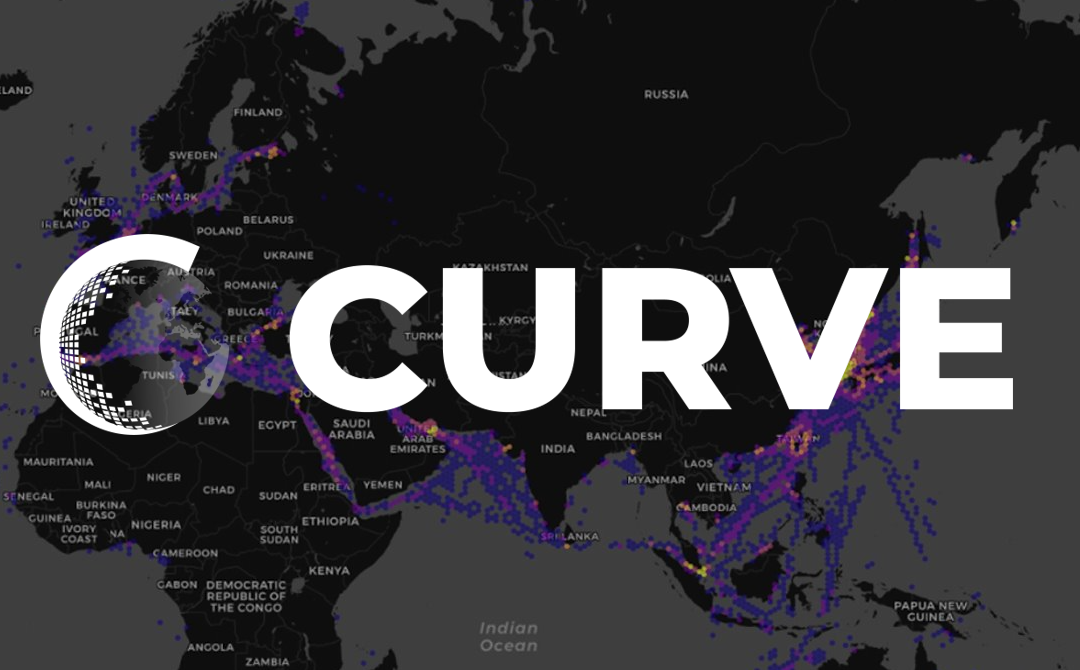In the post-Global War on Terrorism (GWOT) environment, China, Russia, and other nation-state actors are maneuvering to challenge the United States militarily, diplomatically, economically, and technologically. Defending our national security interests depends on thriving within this new, highly competitive landscape.
While GWOT required tools like continuous surveillance and targeted engagements that enabled tactical victories within limited battlespaces, nations that succeed in this new environment will become masters of actionable information derived from superior data and analytics that enable strategic victories across vast geographies and disciplines.
In 2021, Major General Christopher Donahue, who then commanded the US Army 82nd Airborne Division, outlined the challenge. “Universally, the one thing that jumps out continuously is the need for data. We have to get our data straight. It’s not just intel data; it’s all types of data: logistics, operational, intel. All that data has to be able to aggregate, as we call it, into a single pane of glass so a commander can make a decision.”
As every nation seeks to successfully meet the challenge MG Donahue describes, we have entered a new, hidden arms race where each actor is competing to collect the best data and gain the ability to turn that data into actionable intelligence most efficiently. Conventional weapons are replaced as instruments of warfare by data solutions that automate and scale advanced analytics to make sense of streams of disparate intelligence from geospatial, signal, human, cyber, communications, and open sources. Nations that derive better information from these sources make faster, better decisions that lead to strategically superior military, diplomatic, and economic outcomes.
Nations and defense organizations invest significantly in developing and deploying technologies to gather data more broadly, including space-based optical and RADAR imaging and radio frequency transmission collection. Due to limited human analyst resources to process this growing stream of data, additional investments are made in Computer Vision (CV), Artificial Intelligence (AI), Machine Learning (ML), and other automation technologies.
The keys to victory and information dominance lie in our ability to automate the orchestration of real-time data collection and to scale global analytics capabilities.
Automated and Orchestrated Data Collection
Global data collection platforms have grown in availability and provide increasing collection opportunities. Still, data is only valuable if collected at the right place and time and with the correct attributes for the target. What does that mean in the real world?
Our team is currently studying Russian Naval activity in the Black Sea. To derive meaningful information about vessel activity requires that we use methods to detect moving vessels and project their tracks, then quickly coordinate the collection of images of moving ships with multiple national and commercial satellite constellations, extract information from collected images within the actionable timeline, and potentially orchestrate the collection of additional satellite data.
Global Scale Data and Analytics
Success in the new environment requires the ability to clearly understand trends and issues on a global scale – something that only can be achieved with AI and ML technologies.
AI and ML enable complex intelligence investigations, such as determining how a shift in the global fleet of large petroleum tankers allows Russia to continue exporting oil when Western nations have imposed sanctions amidst the conflict in Ukraine. Understanding this issue requires access to global shipping information, images of tankers operating in vast oceans, and powerful AI and ML to extract meaningful information about trends and potentially nefarious activity from the mass of data.
Today’s geo-political challenges are more complex and dynamic than ever. We are witnessing multiple efforts to achieve technological advancements and provide US national security communities with the capabilities to address new challenges as they emerge. As our adversaries seek these same capabilities, we must continue to expedite development cycles and reach technological maturity as quickly as possible.
Timely data and intelligence cannot be stockpiled like missiles and ammunition. We are in a global arms race that changes minute by minute, event by event. We are only as secure as the accuracy of our latest intelligence.
